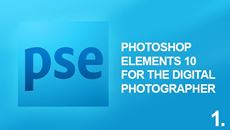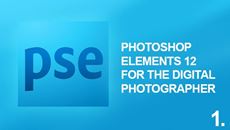Interested in studying a Photography course in Australia?
With a population of 23,678,910 people, Australia has a strong demand for workers in Photography. Studying Photography with Vibe Learning will see you joining a learning community with like-minded students and engaging with industry experts to learn real world skills.
Are there many jobs in Photography in Australia?
Current employment trends shows that employment in Australia is rising and is expected to grow through 2017. There are currently 290,725 job vacancies in Australia. The unemployment rate in Australia is 6.0%.
What earning potential is there for me in Photography?
The median hourly rate for Photography is $24.19. A career in Photography can expect to earn between $34,924 and $139,394 per year.
What are my career opportunities in Photography?
- Aerial Photographer
- Fashion Photographer
- Photojournalists
- Photographic Artist
- Photographic Processor
- Picture Framer
- Commerial Photographer
- Printmaker
- Sculptor
- Scientific Photographer
- Technical Photographer
- Visual Arts Painter
- Portrait Photographer
Source: Labour Market Information Portal, Australia Jobs 2014, Vacancy Report, JobSearch, PayScale











